The sustainable straw hat production journey delves into the captivating story behind these ethically made products.
Sustainable straw hats have found their place in the ever-changing world of fashion. With the rise of eco-friendly fashion, these sustainable hats are more than just trendy accessories; they represent a commitment to protecting the ecosystem.
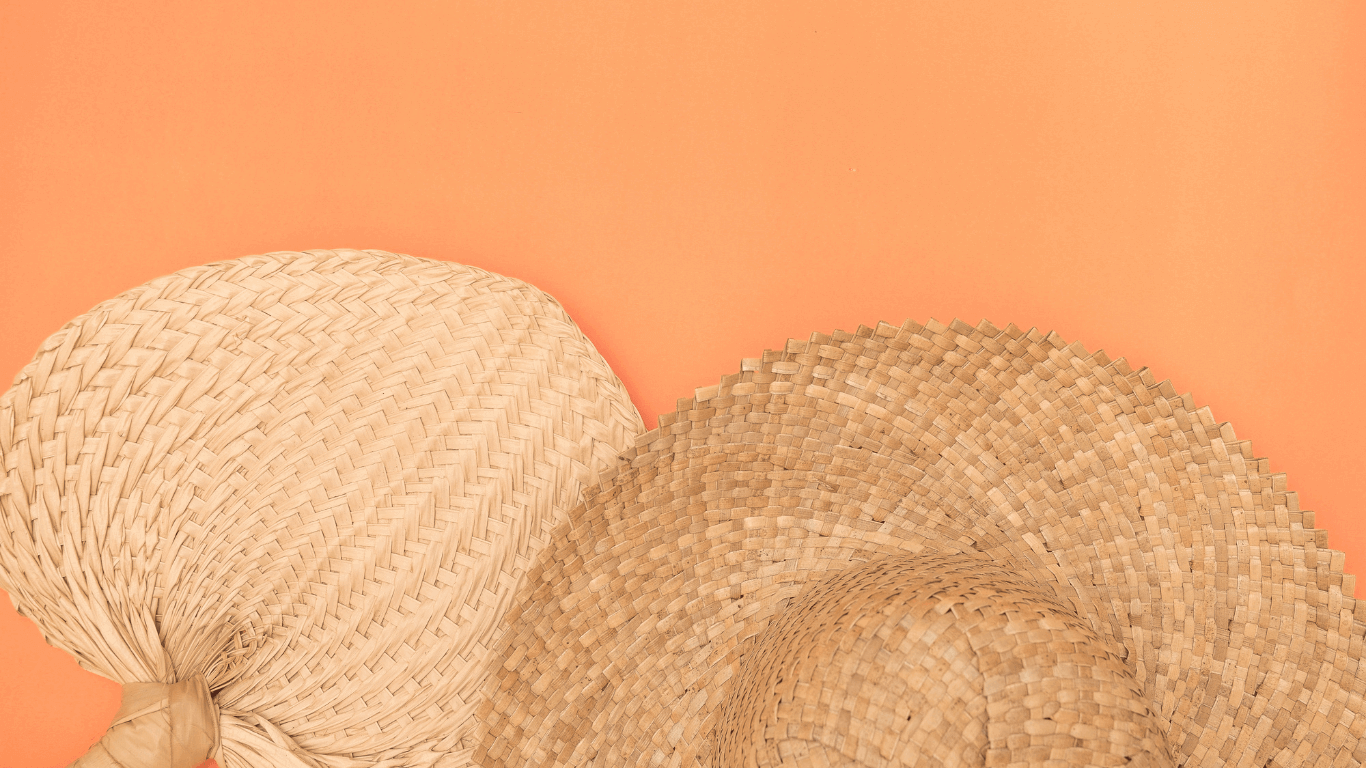
The process of creating sustainable straw hats showcases the importance of carefully choosing fabrics, preserving traditional craftsmanship, and actively working towards reducing harm to the environment.
Every stage, from picking natural fibers like wheat straw and seagrass to using time-honored weaving methods, emphasizes the significance of sustainability in the fashion industry.
This exploration into the making of sustainable straw hats reveals how fashion can be both beautiful and responsible, merging style with conscious choices for a greener future.
1. Materials Sourcing: A Foundation for Sustainability
Straw hats are considered eco-friendly because they are made from natural fibers. These materials have many advantages over synthetic options as they can be renewed and broken down naturally.
Primary Materials Used in Sustainable Straw Hats
Here are the main fabrics used in making sustainable straw hats:
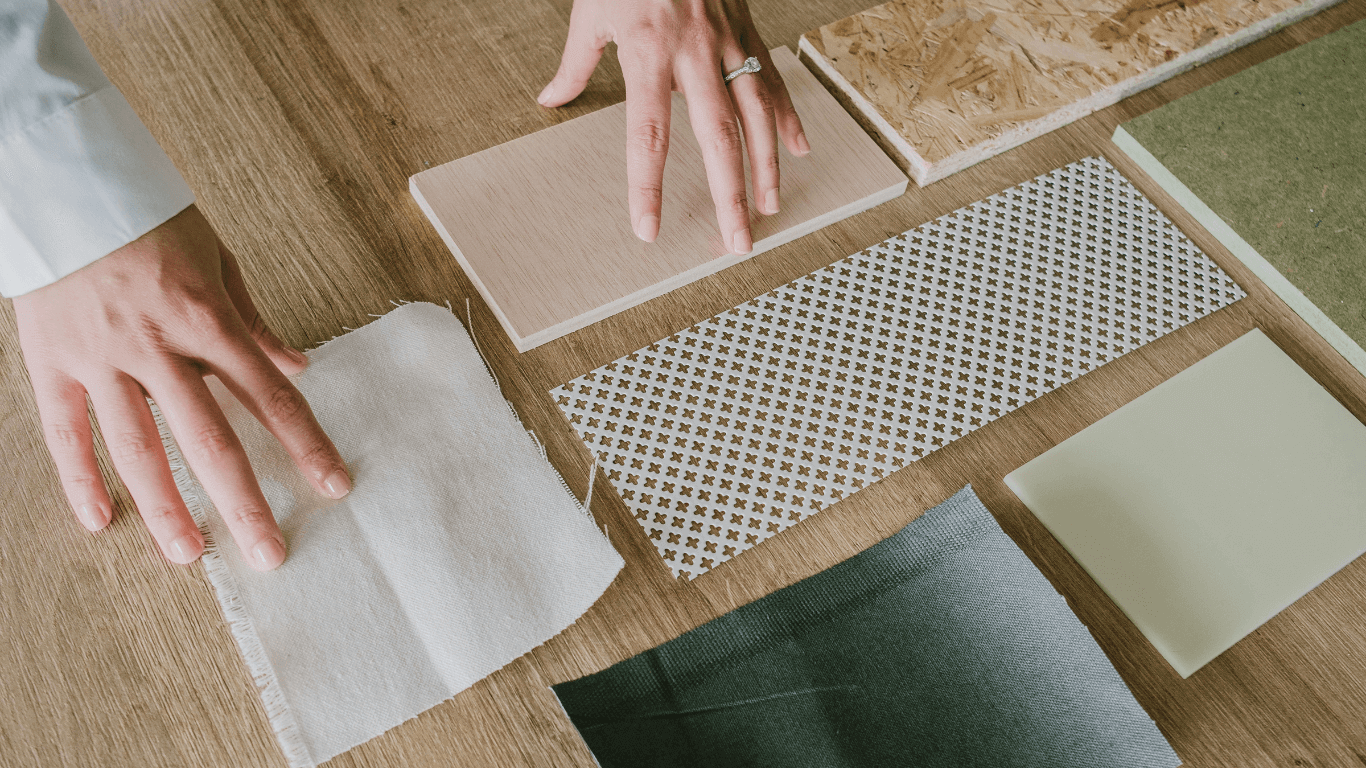
-
Wheat Straw: Commonly used due to its durability and availability, wheat straw is a byproduct of wheat farming. It’s lightweight and breathable, perfect for summer wear.
-
Rice Straw: Another agricultural byproduct, rice straw offers similar benefits to wheat straw but with a slightly different texture.
-
Seagrass: Harvested from coastal areas, seagrass is naturally resilient and water-resistant, making it ideal for beach hats.
-
Raffia: Extracted from the raffia palm, this fiber is incredibly flexible and can be dyed easily, allowing for vibrant designs.
-
Jute: Known for its strength and coarse texture, jute is often blended with other fibers to enhance durability.
-
Hemp: Gaining popularity for its sustainability, hemp requires fewer pesticides and water than cotton, making it an excellent eco-friendly option.
-
Organic Cotton: Cultivated without synthetic pesticides or fertilizers, recycled and organic cotton ensures minimal environmental impact.
-
Bamboo: Bamboo grows rapidly without the need for chemical fertilizers, making it one of the most sustainable resources available.
-
Recycled Materials: Innovations in recycling have led to the use of materials like plastic bottles in hat production, contributing to waste reduction.
Benefits of Natural and Renewable Resources
Using these fibers instead of synthetic ones like polyester has several advantages:
-
Biodegradability: Organic fibers break down more easily than synthetic ones, reducing landfill waste.
-
Reduced Carbon Footprint: The cultivation and processing of natural materials generally require less energy compared to synthetic fibers.
-
Healthier Ecosystems: Natural fibers often involve fewer chemicals during growth and processing stages, leading to healthier soil and water systems.
Role of Local Sourcing
Local sourcing plays a crucial role in promoting sustainability:
-
Supporting local farmers and artisans helps sustain communities economically while preserving traditional agricultural practices.
-
Reducing transportation distances lowers carbon emissions associated with long-haul shipping.
-
Encouraging sustainable agriculture through demand for eco-friendly materials ensures that farming practices prioritize environmental health.
By prioritizing these popular material, renewable materials and focusing on local sourcing, sustainable straw hat production sets a strong foundation for reducing environmental impact while supporting community livelihoods.
2. Crafting Tradition: Production Techniques That Honor Heritage
Traditional craftsmanship lies at the heart of natural straw hat production, where time-honored techniques like straw weaving and felting play pivotal roles.
These methods not only contribute to the unique aesthetic and durability of the hats but also serve as a bridge connecting past traditions with contemporary eco-conscious fashion.
Straw Weaving
Straw weaving is an intricate process involving the braiding or plaiting of straw fibers to create the hat's structure.

This technique requires:
-
Skill and precision: Artisans meticulously weave each strand, ensuring uniformity and strength.
-
Patience: The process can be time-consuming, often taking several hours or even days to complete a single hat.
The result is a beautifully crafted hat that reflects the artisan's dedication and expertise. Straw weaving supports local economies as many artisans rely on this craft for their livelihood.
It also helps in preserving cultural heritage, passing down skills through generations.
Felting
Felting, another traditional method, involves matting and compressing fibers to create a dense fabric.
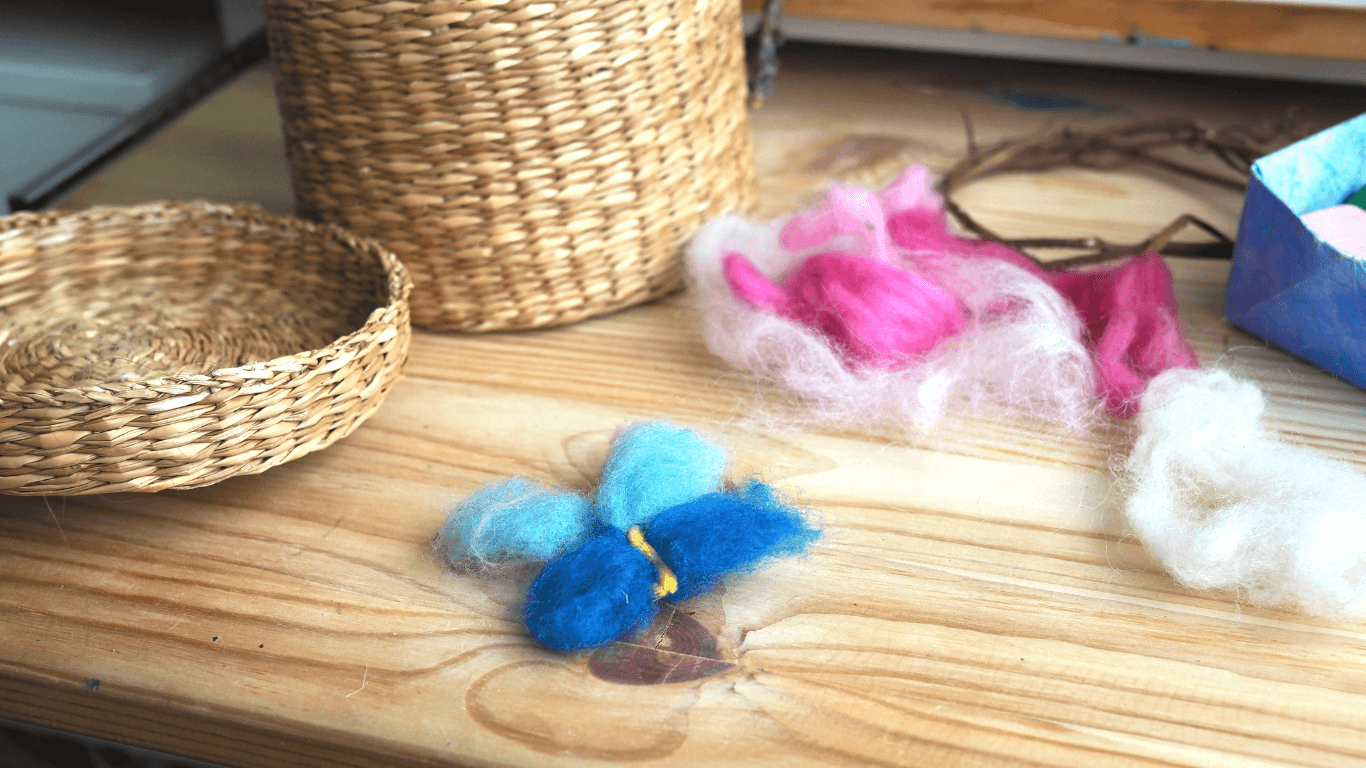
In sustainable straw hat production, felting ensures:
-
Durability: The compacted recycled fibers make the hats sturdy and long-lasting.
-
Versatility: Felting allows for various shapes and styles, catering to diverse fashion preferences.
Handcraft methods like felting have seen a resurgence due to growing consumer demand for eco-friendly products.
People are increasingly valuing the authenticity and craftsmanship behind these items, making them willing to invest in products that tell a story.
Importance of Handcraft Methods
Handcraft methods hold immense importance beyond aesthetics:
-
Cultural Preservation: These techniques embody cultural narratives and traditions that might otherwise be lost.
-
Quality Craftsmanship: Handcrafted hats often boast superior quality compared to mass-produced alternatives.
-
Sustainability: Utilizing natural materials and manual processes reduces reliance on energy-intensive machinery.
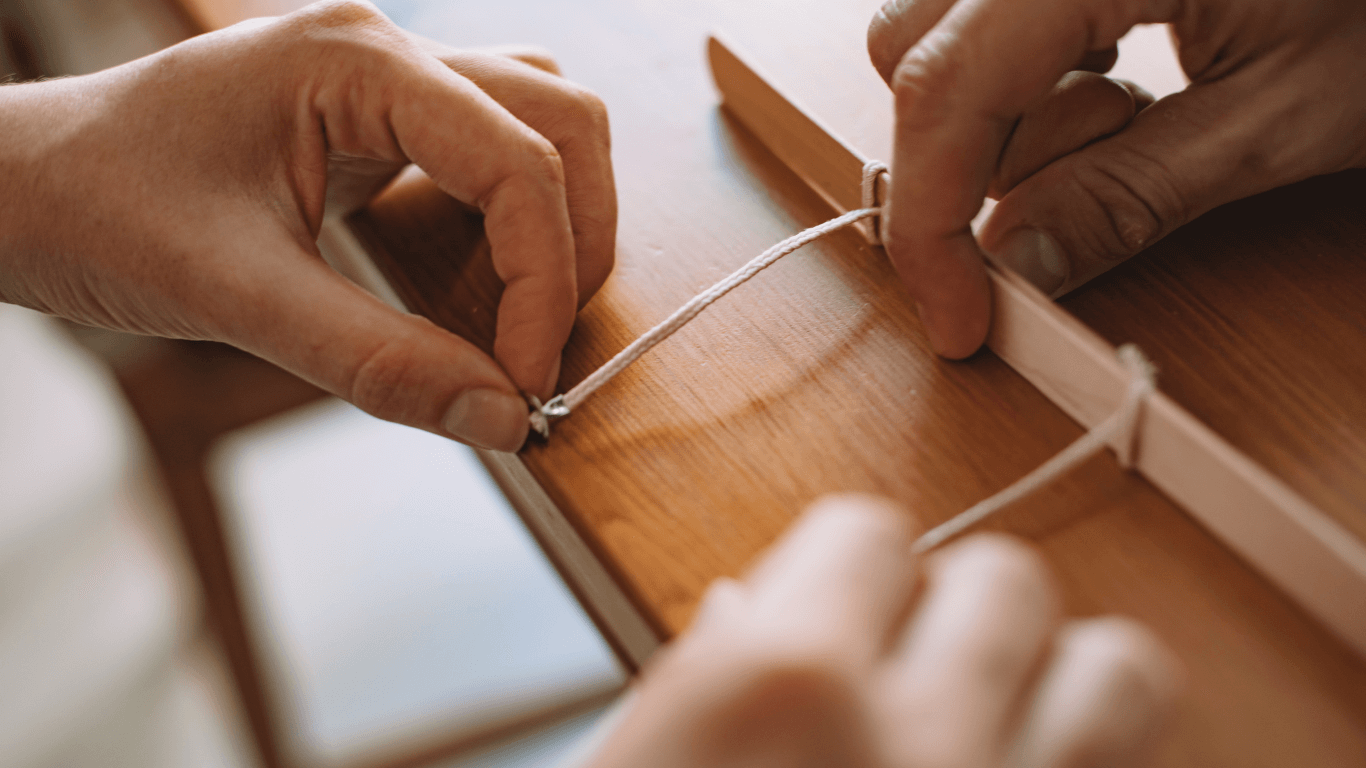
Consumer interest in sustainable style has sparked a revival of these traditional techniques. Businesses are recognizing this shift and incorporating handcrafted elements into their collections, aligning with the values of conscious consumers while celebrating historical artistry.
By embracing these traditional techniques, both artisans and consumers contribute to a more sustainable and culturally rich fashion industry.
3. Innovations for a Greener Future: Embracing Modern Techniques
New production methods are transforming the landscape of sustainable straw hat manufacturing, making it more eco-friendly and efficient.
These modern techniques not only reduce environmental impact but also enhance the quality and durability of the hats.
Innovative Materials:
-
Piñatex: Made from pineapple leaves, Piñatex is a versatile material that offers a sustainable alternative to leather. Utilizing agricultural waste, it reduces the need for additional resources and supports ethical farming practices.
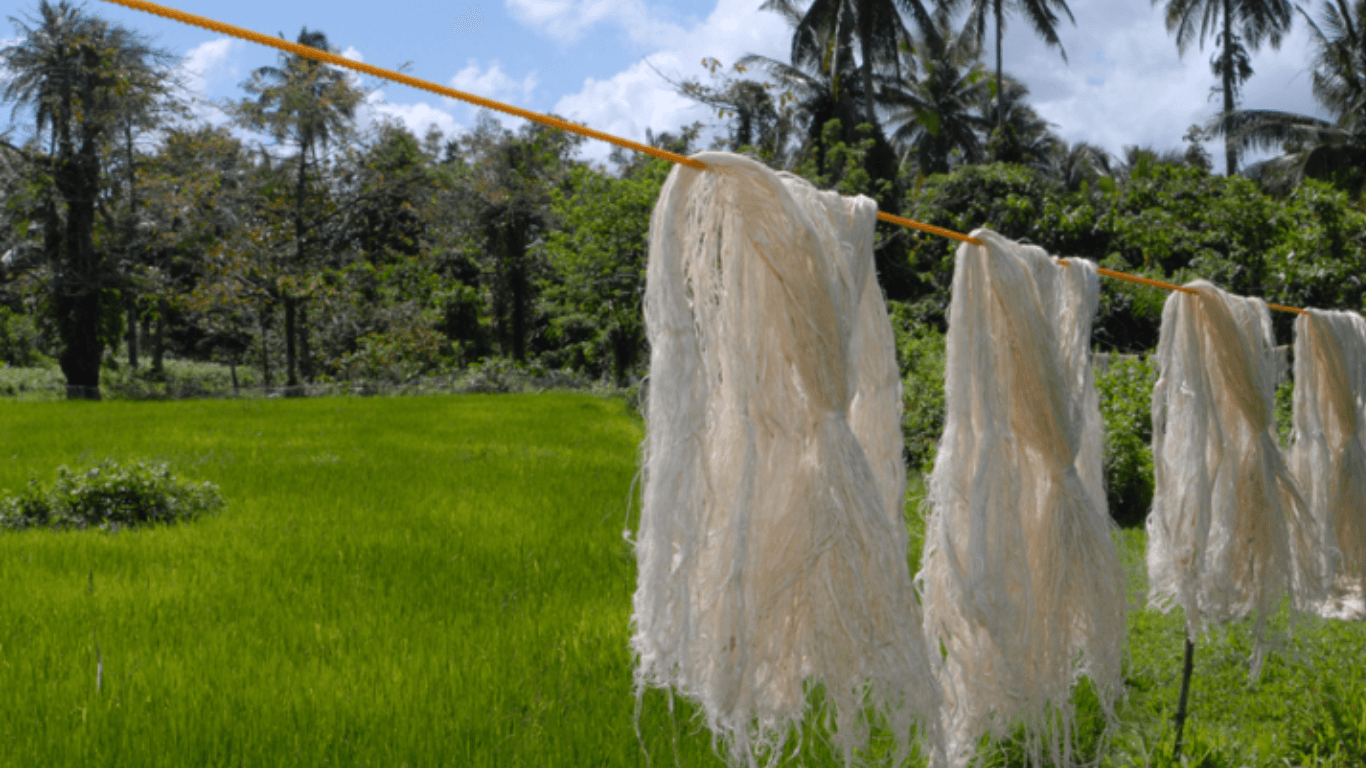
-
SeaCell: Derived from seaweed, SeaCell incorporates natural fibers with beneficial properties. This eco-friendly innovation not only minimizes waste but also provides added comfort and breathability.
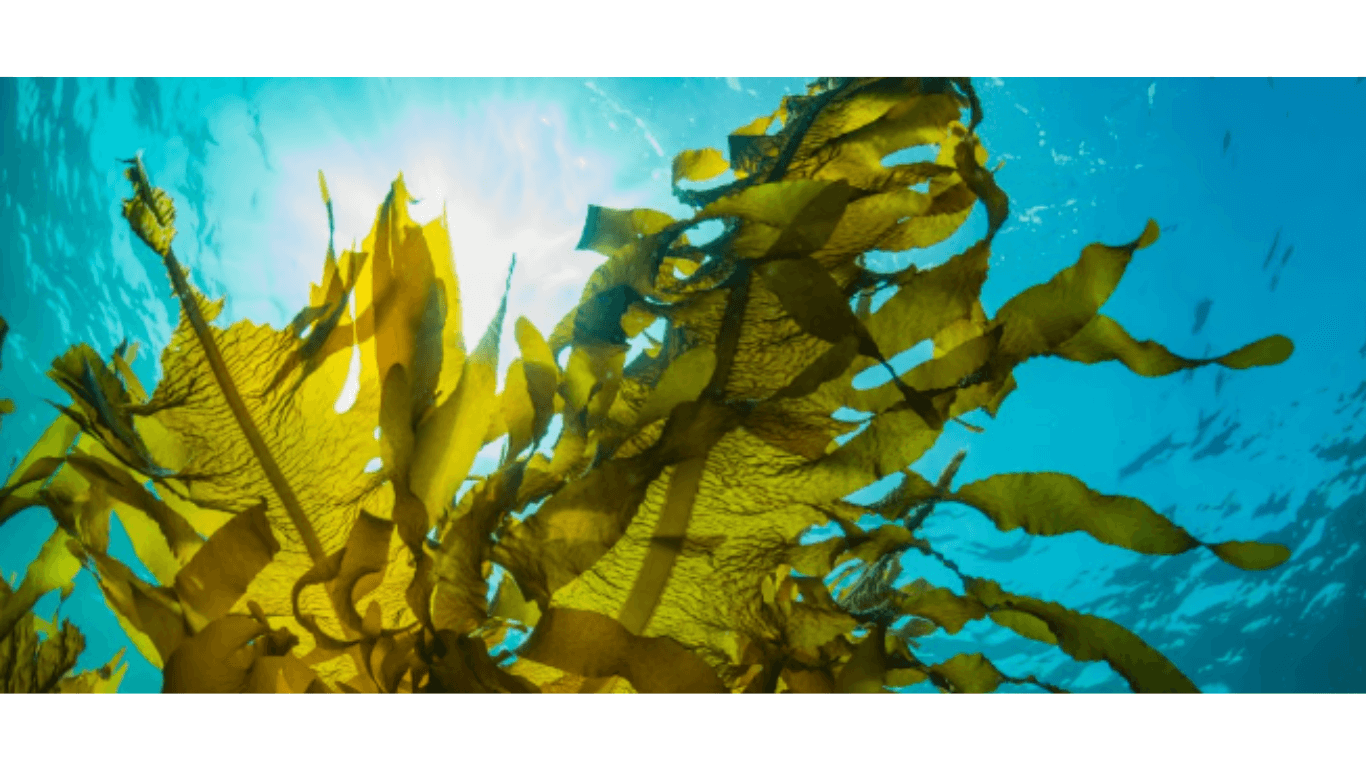
These organic materials exemplify the ingenuity driving modern techniques in the industry, merging sustainability with functionality.
By integrating such innovations into the manufacturing process, straw hat producers can deliver products that are both stylish and environmentally responsible.
From Farm to Head: The Sustainable Straw Hat Production Journey continues to evolve with these technological advancements, showcasing how tradition and innovation can harmoniously coexist to foster a greener and biodegradable future.
4. Minimizing Impact: The Environmental Benefits of Sustainable Straw Hat Production
Sustainable straw hat production employs practices aimed at minimizing environmental impact, particularly in terms of carbon footprint, energy efficiency, and waste reduction.
Reducing Carbon Footprint and Energy Consumption
Using natural fibers like wheat straw, seagrass, and raffia typically requires less energy during cultivation and processing compared to synthetic materials.
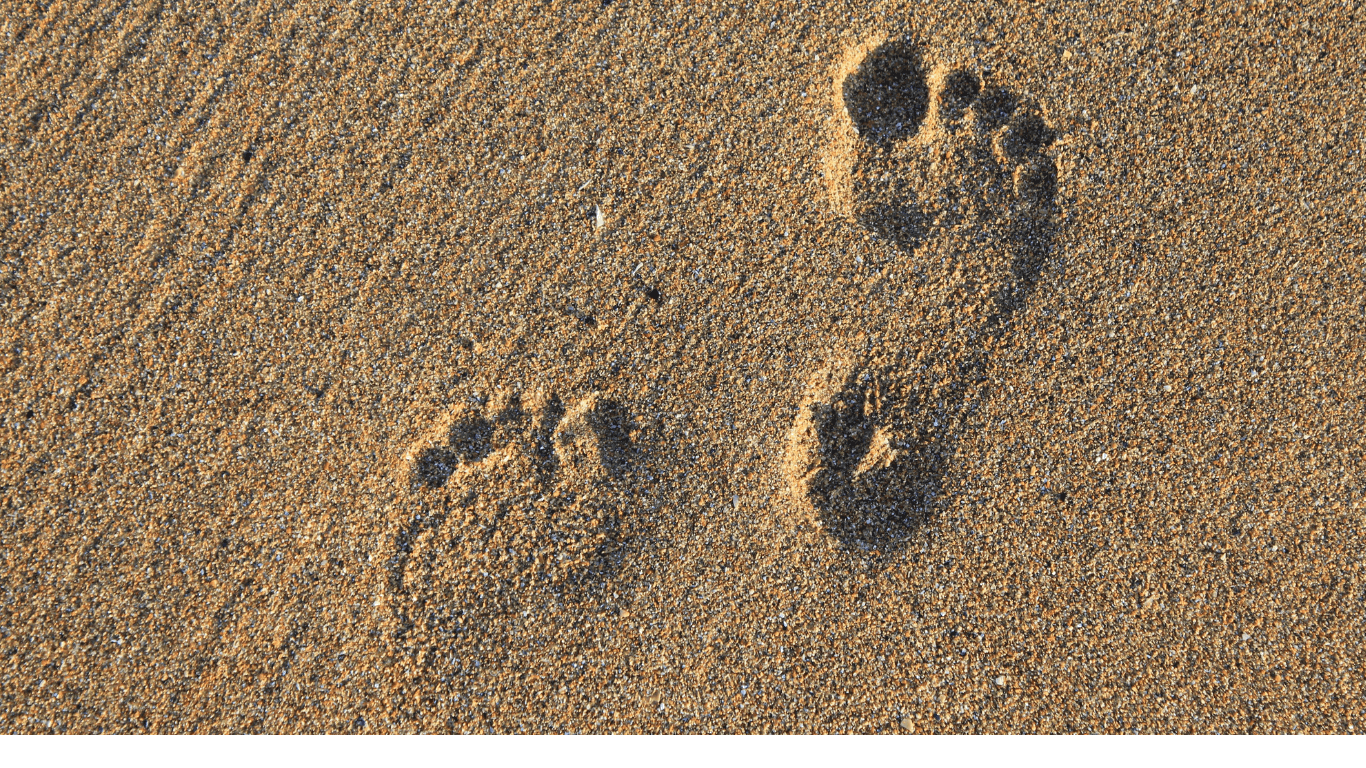
These fibers are grown using sustainable agricultural practices that often involve lower greenhouse gas emissions. Additionally, many sustainable hat manufacturers prioritize local sourcing, which reduces transportation-related emissions.
Example: A women hat made from locally sourced hemp has a significantly lower carbon footprint than one made from synthetic polyester shipped from across the globe.
Upcycling Initiatives
Upcycling plays a crucial role in extending the lifecycle of materials used in straw hats. Instead of discarding old or damaged hats, manufacturers can repurpose these items into new products.
This practice reduces waste and lessens the demand for new raw materials.
Benefits of Upcycling:
-
Waste Reduction: Keeps materials out of landfills.
-
Resource Efficiency: Maximizes the use of existing resources.
-
Unique Products: Creates one-of-a-kind pieces from recycled materials.
Example: Businesses
like Hatmaker's Haven repurpose old straw hats into stylish new designs, promoting both creativity and sustainability.
By integrating these environmentally conscious practices, sustainable straw hat production not only creates eco-friendly fashion but also supports a broader commitment to preserving our planet.
Such practices are part of a larger need for the fashion industry to become more sustainable, as highlighted by this article.
Furthermore, these strategies align with some of the most common sustainable practices in fashion manufacturing, thereby contributing to a more sustainable future for the industry as a whole.
5. Circular Fashion Movement: A Path Towards Longevity and Reuse
Circular fashion is a transformative concept that emphasizes the importance of reuse and recycling within the fashion industry.
This approach aims to create a closed-loop system where products are designed, produced, and consumed in a way that allows them to be repurposed or recycled at the end of their life cycle.
Relevance to Straw Hat Production:
-
Design for Longevity: Straw hats crafted with durability in mind support circular fashion by lasting longer and reducing the need for frequent replacements.
-
Material Reuse: Businesses increasingly focus on using recycled materials that can be easily recycled or upcycled, such as straw, raffia, and other natural fibers.
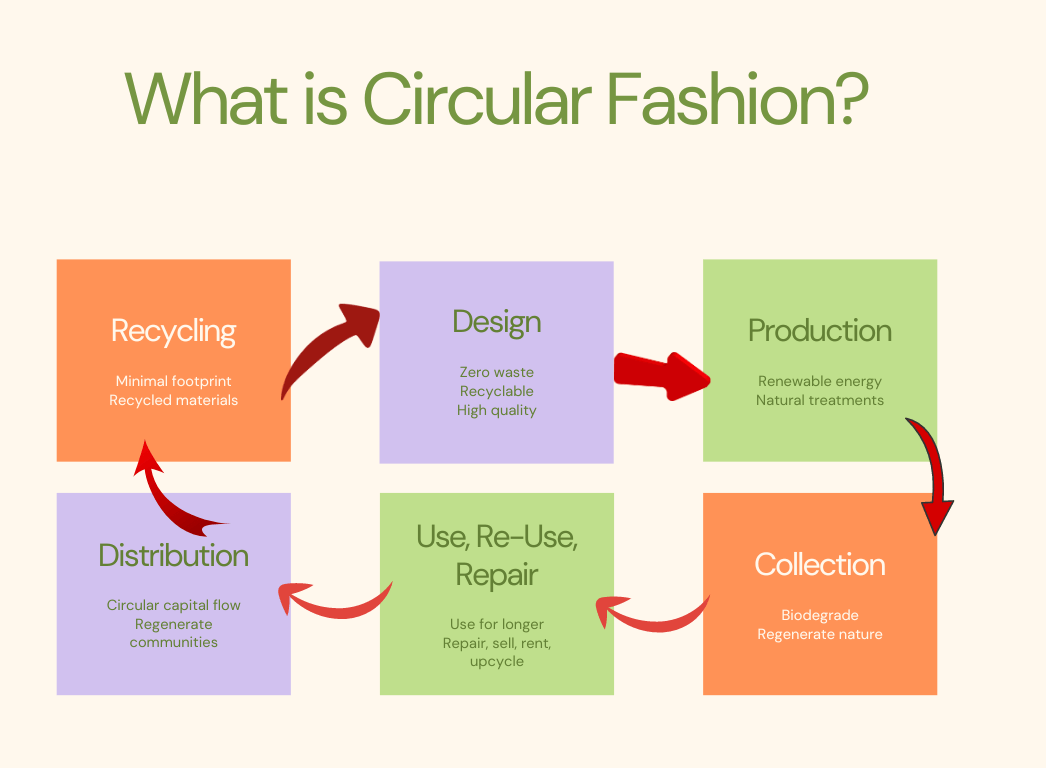
Role of Brands:
-
Transparent Sourcing Practices: Ensuring materials are sourced ethically and sustainably helps build trust with consumers who are keen on supporting environmentally responsible brands.
-
Fair Trade Standards: By upholding fair trade standards, brands contribute to the well-being of local communities involved in the production process, promoting social sustainability alongside environmental efforts.
Examples of Circular Fashion Initiatives:
-
Upcycling Programs: Some companies offer take-back programs where old hats can be returned and transformed into new products.
-
Eco-Friendly Packaging: Utilizing biodegradable or recyclable packaging materials aligns with the principles of circular fashion.
This movement not only reduces impact but also fosters innovation and integrity within the fashion industry.
6. Industry Leaders and Brand Case Studies
The sustainable straw hat market has seen remarkable growth, with several pioneering brands leading the charge toward more environmentally conscious production methods.
Leading Sustainable Straw Hat Brands
Eric Javits: When seeking out the best sustainable straw fedora hats look for brands like Eric Javits that are transparent about their supply chains, prioritize ethical practices, and offer additional sun protection features.
The brand has implemented comprehensive sustainability measures including:
- 100% renewable energy in production facilities
- Zero-waste manufacturing processes
- Transparent supply chain reporting
- UPF 50+ sun protection in all products
Janessa Leoné: You don't have to compromise ecologically conscious shopping choices for fashion with Janessa Leoné Packable Hats. Each model is made from sustainably sourced materials and constructed in the United States.
Case Study: Community Impact Model
Artisan Cooperative Programs: Several brands have established direct partnerships with artisan communities, creating measurable social impact:
- Employment Generation: 150+ artisan families supported per major brand
- Fair Wage Premiums: 25-40% above local minimum wage standards
- Skills Training Programs: 500+ hours of training provided annually
- Healthcare Benefits: Comprehensive coverage for artisan families
Market Performance Data
Industry Growth Metrics:
- Sustainable straw hat market growth: 12.4% annually (2024-2025)
- Consumer willingness to pay premium: 35-50% above conventional alternatives
- Brand loyalty retention: 78% higher than fast fashion competitors
- Return customer rate: 65% within 24 months
The Role of Consumers in Driving Change: Awareness and Demand for Sustainable Straw Hats
Growing consumer awareness regarding sustainability issues within the fashion industry has led to a significant shift in purchasing patterns.
Shoppers are increasingly prioritizing products that align with their values, seeking out items produced through ethical production methods and sustainable materials practices.
Consumer values play a crucial role in this transformation. As people become more conscious of the environmental impact of their choices, they demand greater transparency from brands.
This push for accountability encourages manufacturers to adopt more eco-friendly practices.
Key factors driving this change include:
-
Education and Information: Access to information about the environmental and social impact of fashion production empowers consumers to make informed decisions.
-
Social Media Influence: Platforms like Instagram and TikTok amplify the voices of eco-conscious influencers and activists, spreading awareness rapidly.
-
Visible Impact: Climate change and environmental degradation are no longer abstract concepts; they are visible realities affecting daily life, prompting immediate action.
Manufacturers respond by integrating sustainable materials, reducing waste, and employing traditional crafting techniques that honor heritage while minimizing environmental footprints.
Caring for Your Sustainable Straw Hat: Tips for Longevity Preservation
Maintaining your sustainable straw hat ensures that it remains a stylish and eco-friendly accessory for years.
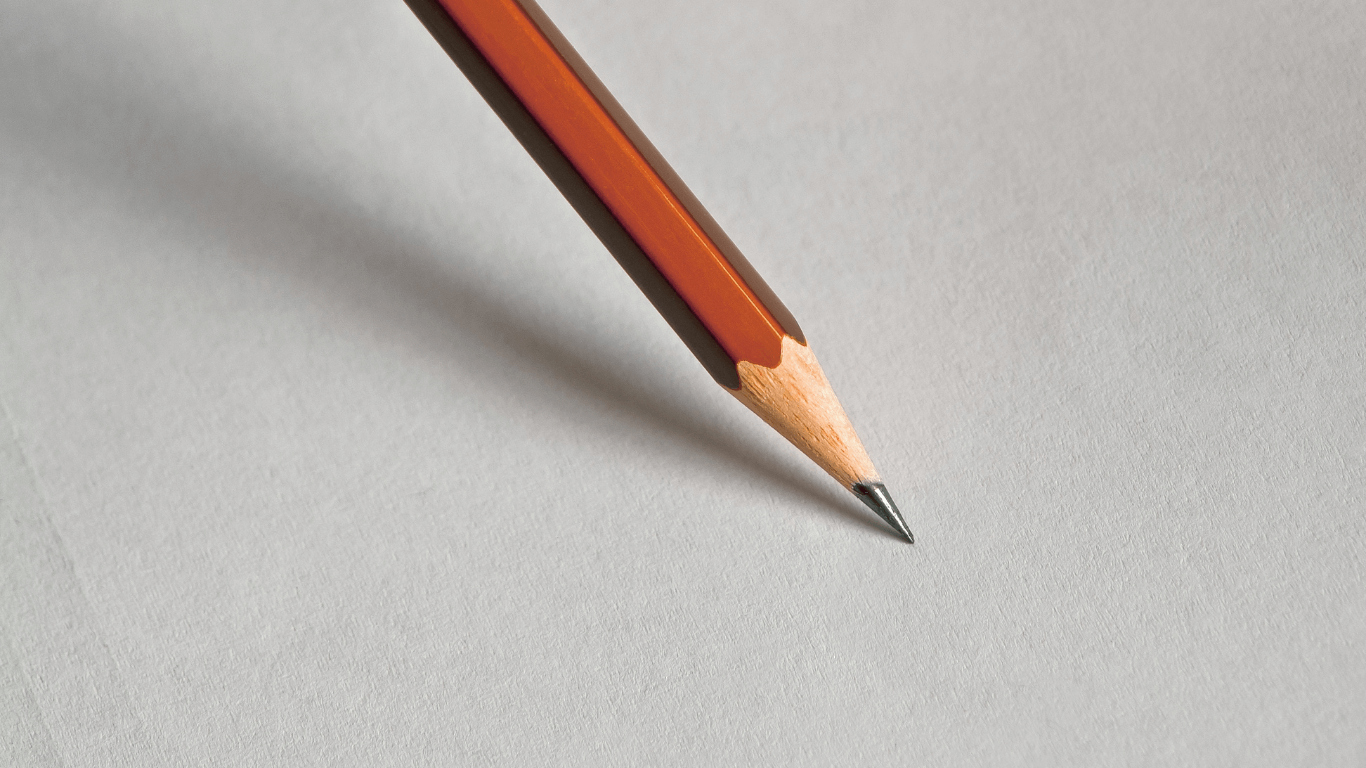
Here are some sustainable care practices to follow:
-
Cleaning: Use a soft brush or a damp cloth to gently remove dirt and dust. Avoid using harsh chemicals or soaking the hat in water.
-
Storage: Store your hat in a cool, dry place away from direct sunlight to prevent fading and weakening of natural fibers.
-
Shape Maintenance: Place your hat on a flat surface or use a hat stand to maintain its shape. Avoid hanging it by the brim, which can distort its structure.
-
Handling: Handle the hat by the brim rather than the crown to avoid unnecessary wear and tear.
Proper care not only extends the life of your straw hats but also aligns with sustainable option living principles.
Summary about Sustainable Straw Hat Production
Making thoughtful fashion choices has an undeniable impact on our planet. By opting for sustainable alternatives like straw hats, you contribute to a commitment to sustainability that benefits both the environment and local communities.
Straw hats exemplify the journey "From Farm to Head," showcasing how environmentally friendly materials and traditional craftsmanship can coexist harmoniously.
Imagine a future where eco-friendly accessories become the norm, spurring innovation and promoting biodiversity.
Your choices matter.
Embrace sustainable straw hat production fashion, explore new eco-friendly options, and be part of the change towards a greener, more responsible world.
FAQs
How long do sustainable straw hats last compared to regular hats?
Sustainable straw hats can last 8-12 years with proper care, which is much longer than cheap synthetic hats that often break after one season. The natural fibers and skilled crafting make them very durable and strong.
This means you save money over time since you don't need to buy new hats often. Taking good care of your palm straw hat by storing it properly and cleaning it gently will help it last even longer.
Are sustainable straw hats more expensive, and why?
Yes, sustainable straw hats cost more upfront, ranging from $45 to $400+ depending on quality and crafting. The higher price comes from using better materials, paying fair wages to skilled workers, and following eco-friendly making processes.
However, when you calculate the cost per wear over many years, they actually cost less than buying cheap hats repeatedly. You're also supporting local communities and helping protect the environment with your purchase.
What makes a straw hat truly sustainable?
A truly sustainable straw hat uses natural fibers like wheat straw, bamboo, or hemp that can break down naturally after use. The materials should come from local sources to reduce shipping pollution, and workers should be paid fairly for their skills.
The making process should use less energy and water than regular panama hats production. Look for brands that are open about where their materials come from and how they make their hats.
How do I care for my sustainable straw hat to make it last longer?
Clean your toquilla straw hat gently with a soft brush or damp cloth, avoiding harsh soaps or soaking it in water. Store it in a cool, dry place away from direct sunlight to prevent fading and weakening of the fibers.
Always handle the hat by the brim instead of the crown to avoid damage and keep its shape. Use a hat stand or lay it flat when not wearing it to maintain its form over time.
Do sustainable straw hats provide good sun protection?
Most quality sustainable straw hats offer UPF 50+ sun protection, which blocks harmful UV rays effectively. The tight weave of natural fibers creates a barrier against sun damage while still allowing air to flow through for comfort.
Eric Javits now test their hats for sun protection and include this information on his labels. For the best protection, choose hats with wider brims and tighter weaves, especially if you spend lots of time outdoors.
























